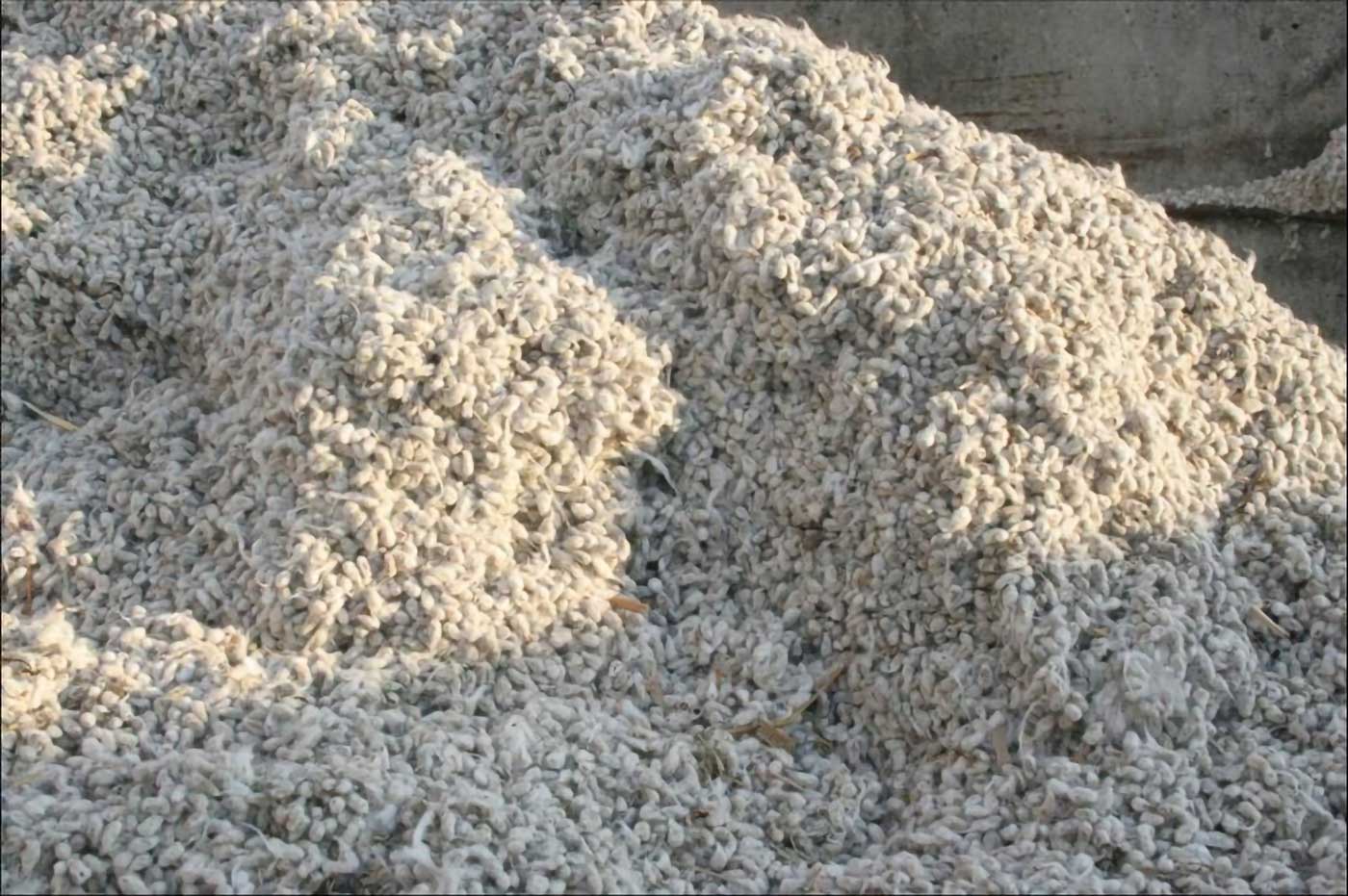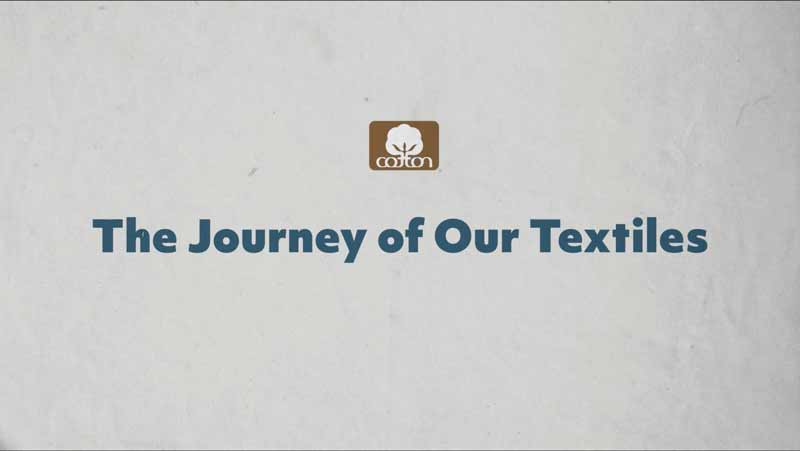Have you ever picked up your go-to cotton t-shirt and considered how this garment came from a farm to your closet? While many of us appreciate the qualities this natural fiber brings to our favorite clothes, it’s easy to forget that what we are wearing started with a seed sown in soil by a cotton grower who cared for and nourished it until fully grown.
This National Farmer’s Day, Cotton Incorporated is encouraging everyone to join in as they celebrate the cotton growers of America who self-invest in research and development to produce The Fabric Of Our Lives. Each time a cotton grower harvests their crop, they’re providing fiber for textiles, seed for livestock feed, oil for cooking and other plant byproducts for uses as varied as LED screens and extruded decking materials. These growers are also pioneering agricultural technologies that increase apparel sustainability and drive the agricultural industry forward.
You might wonder how these agricultural innovations impact you. The answer is simple – they impact us all. Each innovation pioneered by a cotton grower has the power to benefit farmers worldwide as they irrigate, manage weeds and maximize their crop for us, the consumer. Each time you make a purchasing decision, you have the power to support these growers. Not only that, if you’re looking to make more sustainable fashion choices, it’s important to also be mindful that cotton is already a drought-tolerant crop and natural alternative to synthetic fibers found in some garments.
Here are just a few of the extraordinary innovations being pioneered by cotton growers:
Autonomous field robots
Research is underway to develop an autonomous field robot that would use optical technology to identify and remove weeds. Not only would these robots be critical in identifying and removing weeds, they could be used down the road for harvesting cotton.
Cotton growers have also pioneered a rubber fingered weeder that uses rubber instead of metal to remove weeds, thereby protecting the cotton plant and benefiting cotton harvests.
Weed and fertilization technologies
Cotton Incorporated recently pioneered a transgenic cotton variety that enables the plant to express the ptxD gene, thereby converting an application of phosphite (rather than phosphate) into nutrients. Weeds do not express this gene, meaning this innovation feeds the cotton plants while starving the weeds. The ability to provide fertilization and weed suppression in one field application is truly revolutionary for cotton growers, saving them time and money.
Cotton as a food crop
Cotton has been part of the United States food supply chain for more than a century. After more than 30 years of research, a breakthrough was made to suppress gossypol, a substance present in cotton that makes the plant indigestible. The resultant cotton varieties could unlock the potential use of cottonseed as a protein-rich feed for a wide range of livestock, including farm-raised fish and even as a component for human diets. The suitability of this variety for human consumption is being reviewed by government agencies.
The British Journal of Nutrition also recently published a study suggesting that cottonseed oil as a dietary component can reduce LDL (“bad” cholesterol) and triglycerides while increasing HDL (“good” cholesterol) and curbing caloric intake.
Unexpected uses for cotton
A key way to make cotton more sustainable is to maximize every part of the plant. Did you know you can find cotton in sustainable wall finishes that provide thermal and sound insulation? Or that cotton is a key component in certain types of biodegradable packing materials? These are just a few applications that most don’t think about for cotton – but cotton growers have truly thought of everything!
Cotton growers are certainly changing the game – and these innovations help support the aggressive sustainability goals set forth by the National Cotton Council. These goals focus on reducing the energy and water required to grow cotton and greenhouse gas emissions. Cotton Incorporated supervises an average of 400 research projects each year focused specifically on optimizing efficiencies for producing cotton – thereby making it more sustainable.
So the next time you relax under a cotton blanket, put on your favorite pair of jeans, or show your team spirit with a t-shirt, don’t forget to thank a cotton grower!
For more information about the latest developments in cotton growing, visit Cotton Incorporated .



